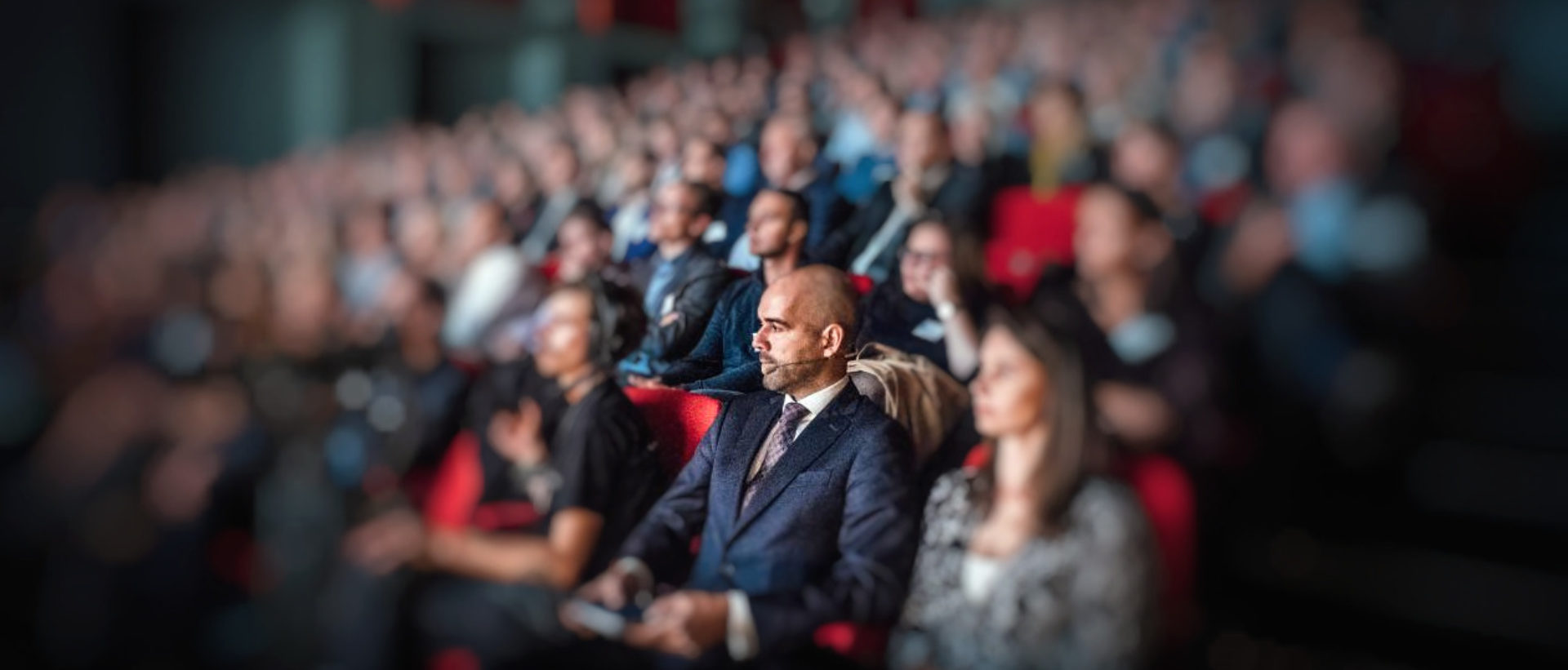The rise of smart cities
Governments around the world have championed the idea of smart cities. The Australian Government, for example, has committed $50 million to a smart cities and suburbs program that aims to improve the liveability, productivity and sustainability of cities and towns across Australia.
The dramatic changes to the workforce brought about by organisational responses to COVID-19 are only likely to accelerate the shift to smart cities, says Prof Anseel, who believes the workplace should become a place where people come to collaborate, share and exchange information, creatively solve problems, build a community and identity. “What I expect is that a new work philosophy will merge with ideas of smart cities. Companies will have smaller workspaces to meet all over the city, closer to peoples’ homes,” he says.
“This is the concept of the 15-minute city, where people do not need to commute for long times. This will be supported by small-scale workplaces where co-workers meet with each other as well as clients, suppliers and colleagues from other companies – all co-located in these work hubs.
“Work hubs will also be more embedded in community life, making it easier to flexibly switch from meeting someone, doing some concentrated work at home, go shopping and exercise and go out with friends or colleagues – all in the vicinity of one’s own house and workspace.”
Durakovic agrees: “I think we’re going to get to a place where we’ve got sort of distributed hubs in neighbourhoods or communities, and a central place to come to that means people won’t have to do the exhausting commute every day. We will definitely still need a home base, a connection point to come to and see our colleagues, connect to our professional communities [and] a workplace can provide [that], but it might be a lot smaller. It might be very different in terms of its technology and purpose,” she says.
Flexibility (where, when and how we work) and choice (when, how and what I come to work for) are two key learnings that employees will bring with them to the future workplace, and Durakovic’s recent research (currently under peer review) with SHE Labs and Davenport Campbell supports this. It found that 67 per cent of employees want to see an increase in flexible work arrangements offered, 70 per cent want to work from home 2-3 days a week, and 89 per cent of organisations were either developing a plan or already prepared for an increase in flexibility of their workforce moving forward.
Meaning and connection
While the survey conducted by Durakovic and Davenport Campbell found 83 per cent of employees are satisfied with remote working, there were a number of things they were willing to come into a workplace for. These included seeing their team in person (75 per cent), face-to-face meetings (73 per cent), human connection (72 per cent) and a need to have a separation between work and home (60 per cent).
“The biggest threat to working from home at the moment is not deadlines or productivity,” says Durakovic. “It’s the isolation and our mental health.” Our recent findings indicate both mental and physical health decline as front-of-mind for employees with ‘isolation from colleagues’ and the quality of furniture ergonomics in their home working set up ranked as two of the top three challenges.
Prof Anseel underscores the fact that humans are social animals. “We don’t thrive in isolation. Many people have struggled with maintaining good social relationships in quarantine and working from home. We quickly learned that a virtual social hour or virtual drinks are nothing like the real thing. A serendipitous encounter at the coffee corner can be start of a new business collaboration.”Many people miss daily informal conversations with their team, the richness of real-life brainstorms and discussions is hard to replace, he observes. “So, the idea that we will never go back to the office is probably not warranted and we will need to find some compromise between these new ways of working. What works for one person, will not necessarily work for another person,” says Prof Anseel.
